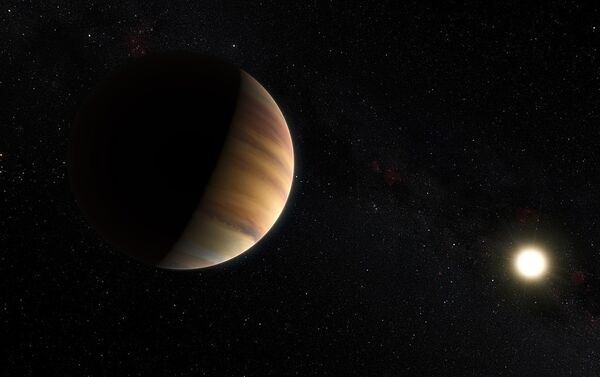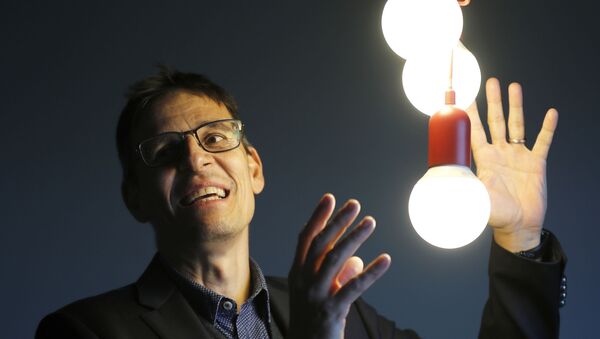New equipment capable of enhancing the scrutiny of biochemical activity on exoplanets could be developed within thirty years, while in 100 years there is a good chance of spotting alien life, according to Swiss astronomer Didier Queloz, the freshly-minted Nobel Prize awardee from Cambridge University.
Speaking in London on Tuesday, the scientist underlined that the chemistry that brought life into existence is omnipresent, hence it is hard to believe that we are all alone in the universe.
Queloz added that the detection of exoplanets had revolutionised astronomy.
“We opened a new window in astrophysics - we demonstrated that there are other planets like the ones we have orbiting our solar system,” he said. “It was expanding our horizons, and once you start doing that there are a lot of questions you can start asking…..why are we like we are?”
The Swiss astronomer, jointly with his colleague Michael Mayor, discovered the first-ever extra-solar planet, 51 Pegasi b, unofficially dubbed Bellerophon and later formally named Dimidium, on 6 October 1995.

In 2017, traces of water were detected in the atmosphere of the celestial body.
Since the breakthrough discovery, more than 4,000 new exo-planets have been detected in the universe.
Queloz and Mayor will share the £740,000 physics prize in December when the award ceremony will take place in Stockholm.



